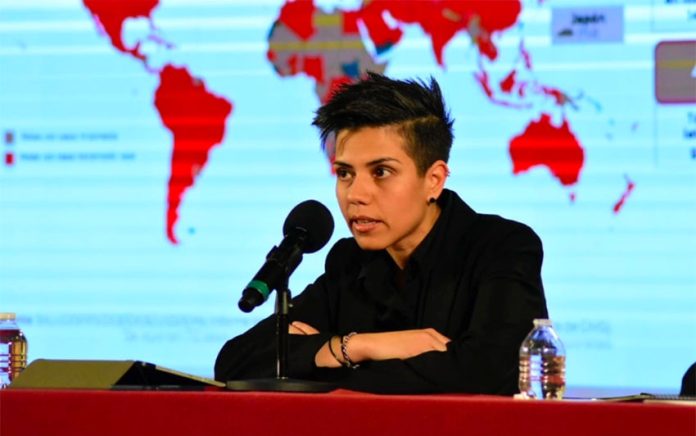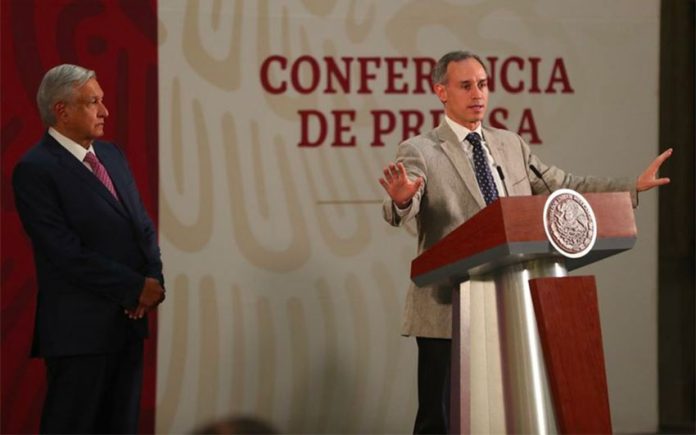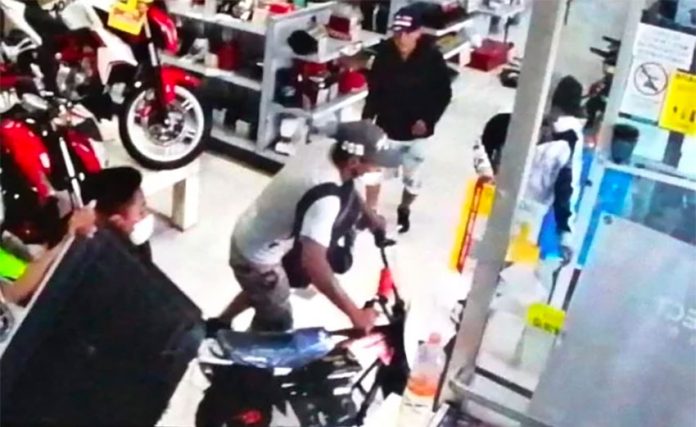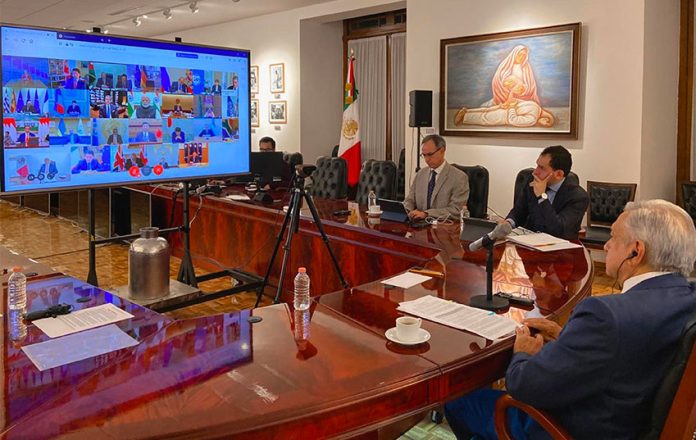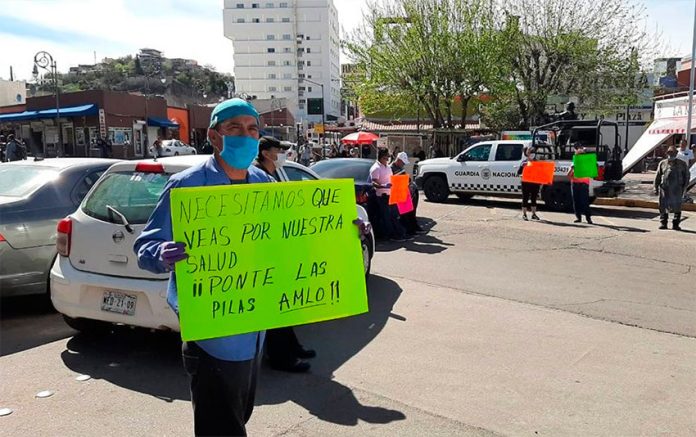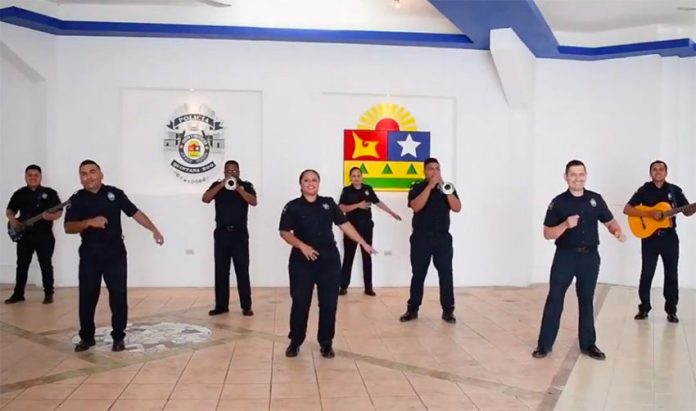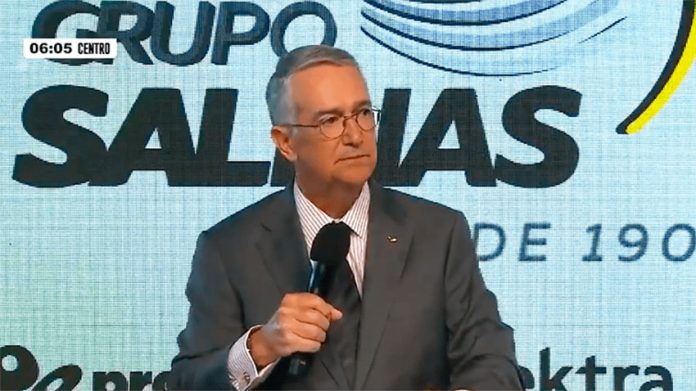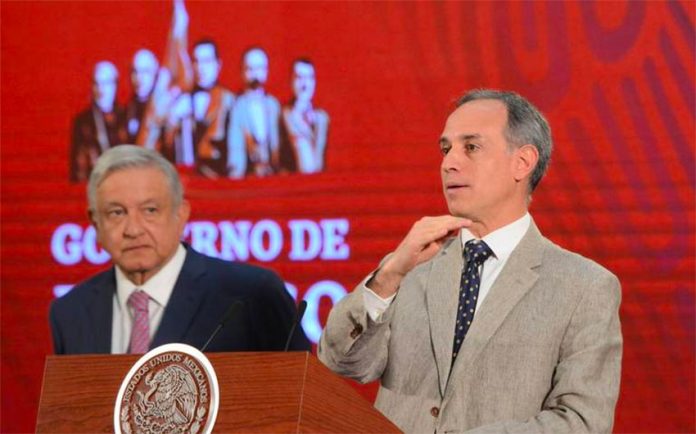For the first time, Mexico has reported more than 100 new Covid-19 cases on a single day while the death toll from the disease almost doubled from six to 11 on Thursday.
Health Ministry epidemiology official Ana Lucía de la Garza told a press conference Thursday night that there were 110 new confirmed coronavirus cases, taking the total across the country to 585.
She said that 398 people confirmed to have Covid-19 recently traveled abroad and 151 had direct contact with someone who did. The other 36 cases are unrelated to overseas travel, de la Garza said, explaining that the number is evidence of accelerating community transmission of Covid-19.
Almost two-thirds of the total number of community transmission cases were detected on Thursday.
De la Garza also reported that there are 2,156 suspected cases of Covid-19 and that 2,965 people had tested negative for the disease.
She said that the coronavirus death toll had increased to eight from six after the deaths of a 55-year-old man with hypertension in Jalisco and a 57-year-old man with hypertension and diabetes in San Luis Potosí.
However, the Health Ministry data didn’t include three deaths that were reported on Thursday after the 1:00 p.m. cutoff for the preparation of its daily report.
Health authorities in Quintana Roo, México state and Michoacán reported one Covid-19 death each on Thursday afternoon.
A 74-year-old man with hypertension, diabetes and a history of smoking died in Quintana Roo, a 42-year-old man who suffered from obesity passed away in México state and an elderly man succumbed to Covid-19 in Michoacán.
All but one of the coronavirus patients who have died in Mexico have been men. The only female fatality was that of a 61-year-old cancer patient who passed away in a Mexico City hospital on Monday.
Mexico is currently in stage 2 of the coronavirus outbreak, according to the federal government, meaning that local transmission of the disease has begun.
Deputy Health Minister Hugo López-Gatell said Thursday that the arrival of stage 3, in which community transmission of Covid-19 is widespread and cases number in the thousands, is inevitable. However, he reiterated that he was confident that Mexico can reduce the number of cases and deaths through the social distancing initiative that formally commenced Monday and is currently scheduled to run through April 19.
López-Gatell said earlier this week that authorities expected a “long epidemic that could extend until September or October” and that its peak will be in August.
Despite that prediction, President López Obrador told reporters at his regular news conference on Thursday that the worst of the coronavirus outbreak would be over by April 19, seemingly assuming that the scheduled end of the social distancing initiative would coincide with a reduction in the threat of transmission of Covid-19.
In fact, it is likely that Mexico will need to impose even stricter restrictions to limit the spread of Covid-19. Cristian Morales, Mexico representative for the World Health Organization, said this week that it’s “probable” that the government will have to implement a curfew and/or order a home quarantine to slow down the coronavirus spread.
While the number of confirmed Covid-19 cases increased sharply on Thursday, López Obrdaor said Friday morning that the situation is under control, asserting that “there is no overrun of coronavirus.”
The president, who came under fire earlier this month for continuing to hug and kiss his supporters despite his government’s advice to avoid physical contact, ruled out any possibility that he would go into isolation to avoid possible infection with Covid-19.
“I can’t put myself into quarantine, I can’t isolate myself. … I have to be attentive [to the situation] and I have to continue my work – I’m dedicating a lot of time to all the actions related to coronavirus,” he said.
Source: Milenio (sp)
